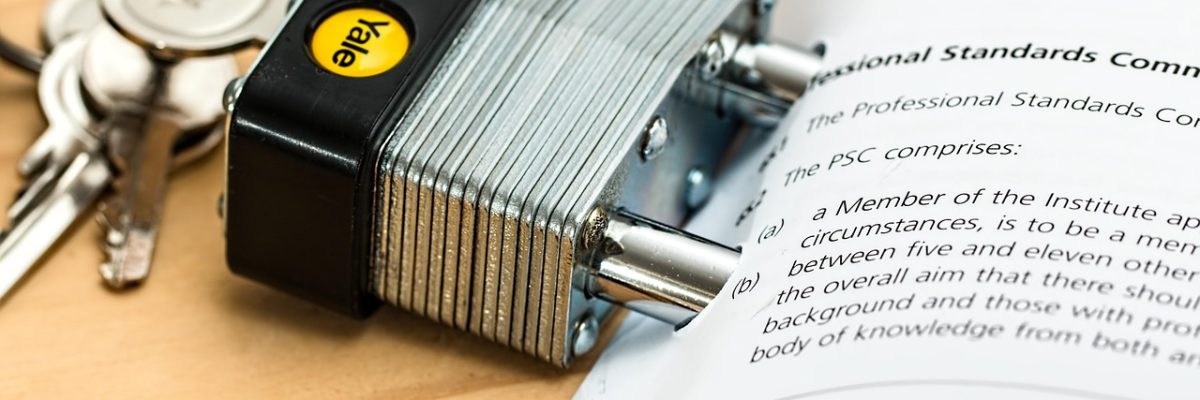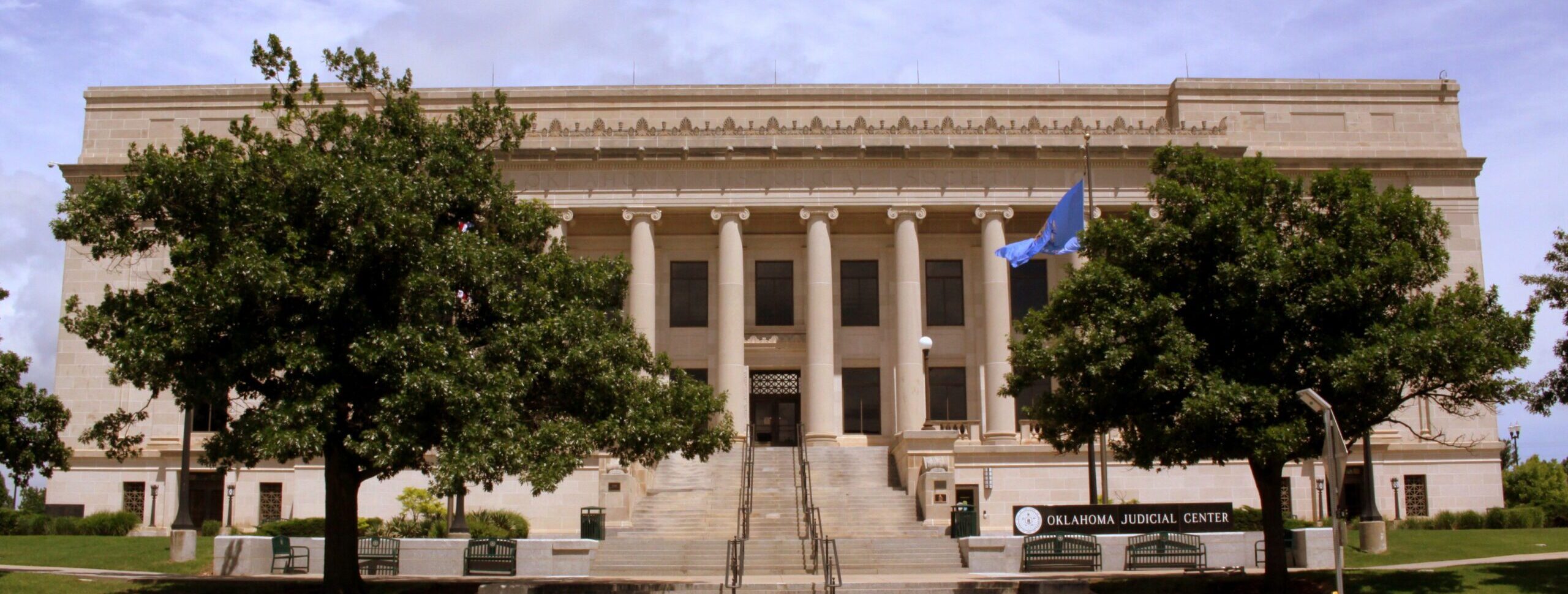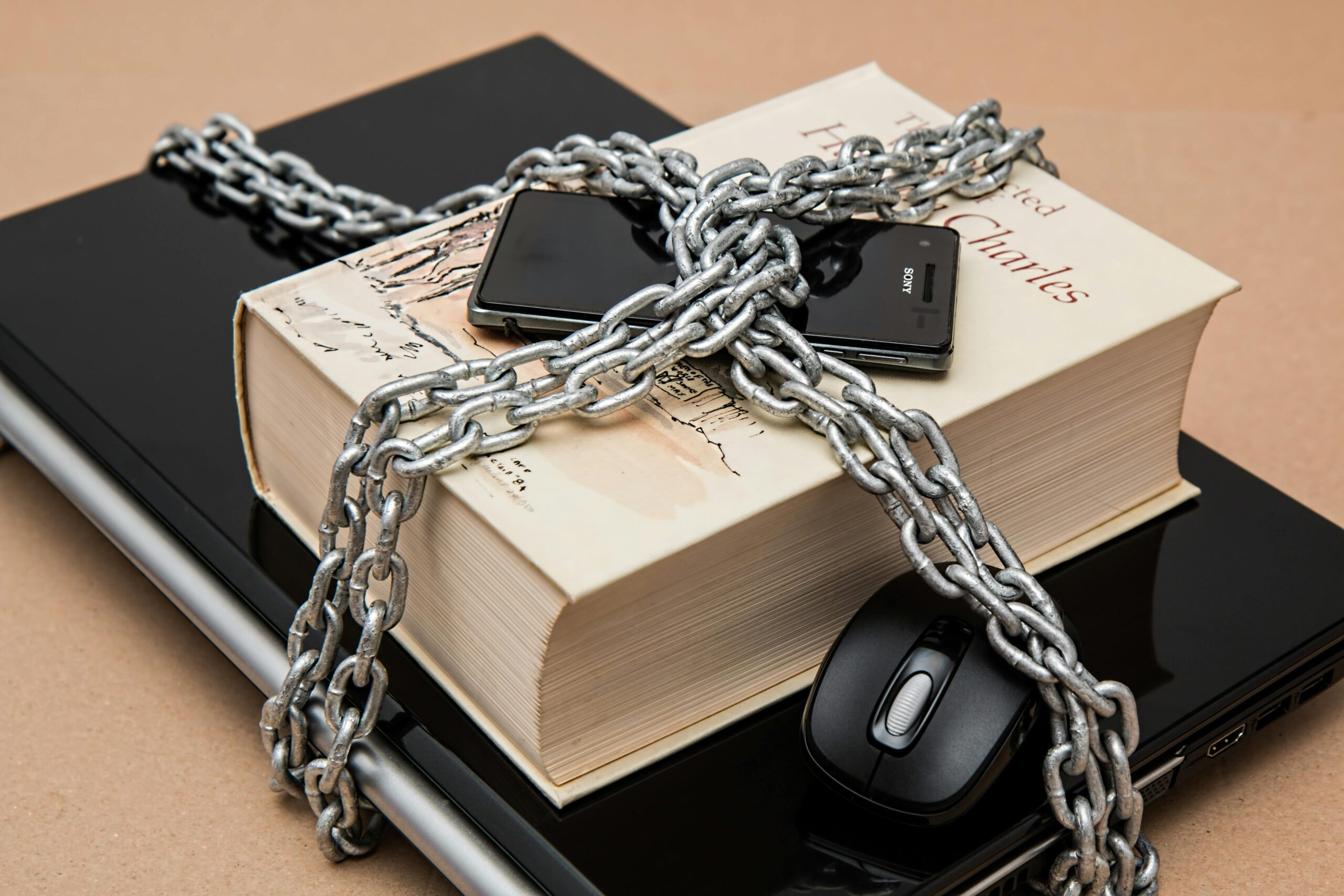Understanding Copyrights: Protecting Creative Works
Legal Disclaimer: The contents of this blog post are for informational purposes only and do not constitute legal advice. For specific guidance on intellectual property matters, consult with a licensed attorney. This content is brought to you by Cantrell Law Firm.
What Is a Copyright?
Copyrights protect original works of authorship that are fixed in a tangible medium. This includes a wide range of creative outputs such as literature, music, film, software, and art. Copyright grants the creator exclusive rights to use and control the distribution, performance, display, and modification of the work.
Types of Works Protected by Copyright
Common examples of copyrighted works include:
- Books and written content
- Musical compositions and recordings
- Films and audiovisual productions
- Software and computer programs
- Photography and visual art
- Architectural designs
- Choreographic and dramatic works
Key Requirements for Copyright Protection
For a work to receive copyright protection, it must:
- Be original, meaning it was independently created and not copied
- Be fixed in a tangible form that can be perceived, reproduced, or communicated
Unlike patents or trademarks, registration is not required to obtain copyright protection. It is automatic upon the work’s creation and fixation.
Benefits of Registration
While not mandatory, registering a copyright offers several advantages:
- Public record of ownership
- Eligibility to bring a lawsuit for infringement
- Potential for statutory damages and attorney’s fees in litigation
- Enhanced credibility and commercial licensing potential
Duration of Copyright Protection
For most individual authors, copyright lasts for the life of the author plus an additional 70 years. For joint works, the term extends 70 years after the death of the last surviving author. Works created anonymously or as works made for hire may have a fixed term based on publication or creation date, often up to 120 years.
Exclusive Rights of the Copyright Holder
Copyright ownership provides a bundle of exclusive rights, including the right to:
- Reproduce the work
- Distribute copies of the work
- Publicly perform or display the work
- Create derivative works based on the original
Limitations and Fair Use
Not all uses of copyrighted material require permission. The concept of fair use allows limited use of copyrighted content without infringement, typically for purposes such as commentary, criticism, news reporting, teaching, and research. Whether a use qualifies as fair depends on factors like purpose, nature, amount used, and market effect.
Licensing and Transfer
Copyrights can be licensed or transferred by agreement. An exclusive license or assignment must be in writing and signed by the copyright owner. Non-exclusive licenses can be granted verbally or implied, but a written agreement is generally recommended to avoid disputes.
Enforcement and Protection
Copyright holders can take action against infringement, including sending cease-and-desist letters, pursuing takedown notices, and initiating legal proceedings. Monitoring usage and maintaining accurate records of creation are essential parts of effective copyright enforcement.
Conclusion
Copyrights are a vital tool for protecting creative work in a wide range of industries. Whether you are an artist, writer, software developer, or entrepreneur, understanding how copyrights function can help safeguard your intellectual output and support your business or personal brand.
Disclaimer: This article is intended for general informational purposes only and should not be construed as legal advice. For guidance tailored to your specific circumstances, please consult a licensed attorney. Brought to you by Cantrell Law Firm.





